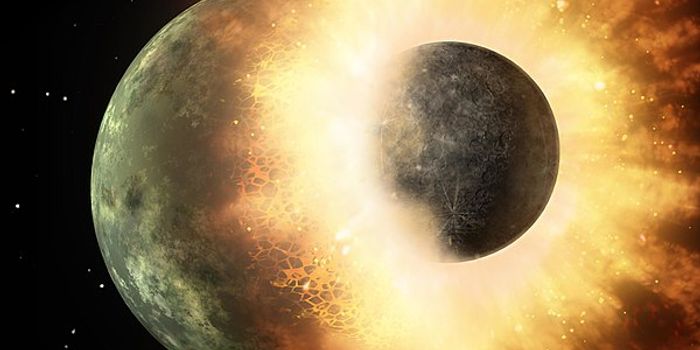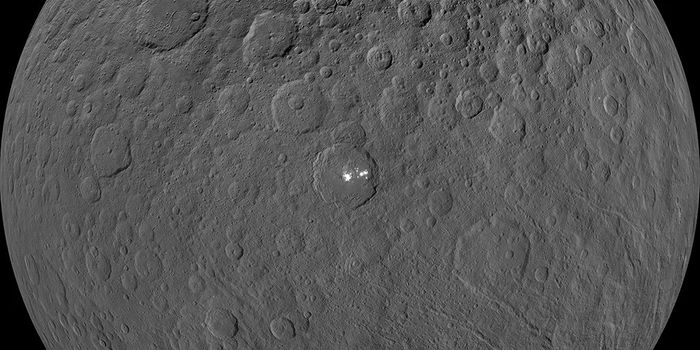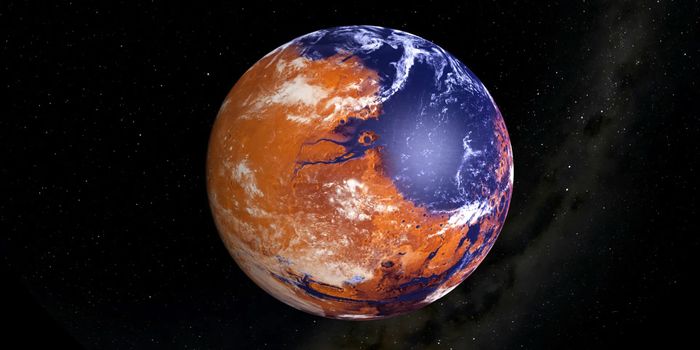What We've Learned About Mars From India's Mangalyaan Mission
Back in 2013, the Indian Space Research Organization (ISRO) launched a Mars-orbiting spacecraft dubbed the Mars Orbiter Mission (MOM), also known as Mangalyaan. While the mission was particularly important for demonstrating ISRO’s space capabilities, the spacecraft itself was particularly intriguing for a number of reasons.
For one, MOM orbits Mars differently than NASA’s Mars Reconnaissance Orbiter (MRO) because it follows a highly elliptical orbit. Another significant difference is that the spacecraft sports a standard camera that views objects much like our own eyes would; with that in mind, it snags realistic pictures of the red planet that other imaging techniques simply can’t match.
MOM has captured incredible images of Mars over the years, with some of the best showcasing the red planet’s icy poles, massive planet-wide dust storms, and the craters that populate the world’s vast surface. The real color images also depict the contrast in the red planet’s surface sediment from one region to another.
The mission has also revealed a lot about Mars’ atmosphere, volcanic activity, and dust devils, among other things. With this information, planetary scientists can hypothesize about Mars’ distant past.
MOM might not be as advanced as some of the other spacecraft exploring Mars right now, but that’s not to say it hasn’t contributed a lot to our modern understanding of our neighboring planet.








